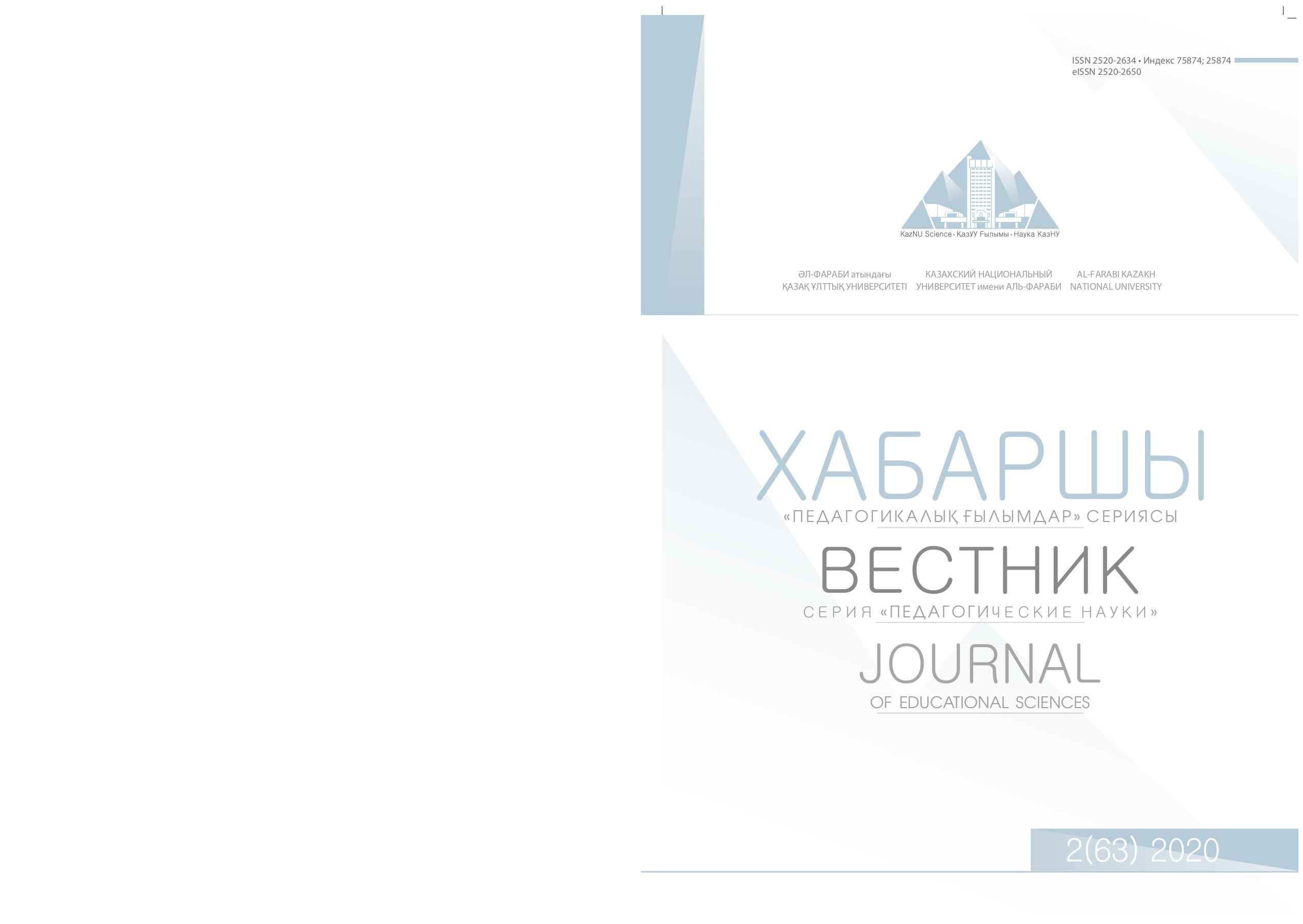Application of the BEMA test for determining the level of understanding by pupils and students of the section «Electricity and magnetism»
DOI:
https://doi.org/10.26577/JES.2020.v63.i2.17Abstract
In this study, an attempt was made to identify whether active learning using interactive technologies
helps to improve students’ conceptual understanding of the section «Electricity and Magnetism».
The study is based on testing among students in grades 10-11 of the private physics and mathematics
school and first-year bachelors of the physics and technology faculty, educated in standard public
schools and continuing to study electromagnetism as part of the university program. A group of pupils
of a private high school, selected according to the high results of exams in natural sciences after the 7th
grade, studied in classes with good technical equipment, laboratory rooms. The educational process
was carried out with the use of active learning, accompanied by additional optional classes, in which students had the opportunity to receive additional clarification from the teacher. Since the conceptual
understanding of the subject under study should be the basis, the foundation of the knowledge of students
who chose the path to further study the subject and the result of studying at the school for the
main course of physics, we found it acceptable to compare the results of the selected focus groups.
Based on the finished test, The Brief Electricity and magnetism assessment (BEMA) is a multiple-choice
test created in 1997 by Ruth Chabey and Bruce Sherwood. This test is conducted by researchers primarily
for introductory physics courses at college level or for advanced physics courses in high school. The
described study involved 30 people from each group. This study showed that the level of conceptual
understanding of the Electromagnetism section in both groups is low (20-22%), the use of interactive
technologies, additional optional hours, active learning did not greatly improve the understanding of
high school pupils in this section, which allowed researchers to conclude at the current stage the need to
use other interactive programs to better visualize processes that help to better understand the nature of
the interaction of charged particles and electromagnetic fields. Questioning among pupils and students
allowed us to draw preliminary conclusions about the lack of “living experience” for understanding the
ongoing processes. What even interactive programs – simulators do not allow to understand the essence
of the occurring phenomena in electromagnetism. Establishing a reason, identifying systematicities in the
errors in the presentation of the material would allow researchers to further change, and possibly choose
another suitable teaching methodology for this section.
Key words: BEMA, electromagnetism, interactive resources, visualization, testing, active learning,
critical thinking.







